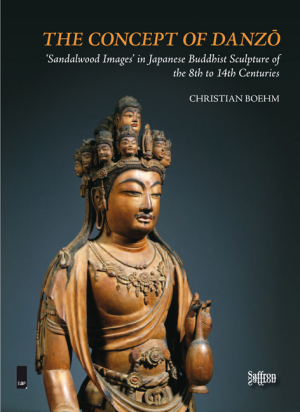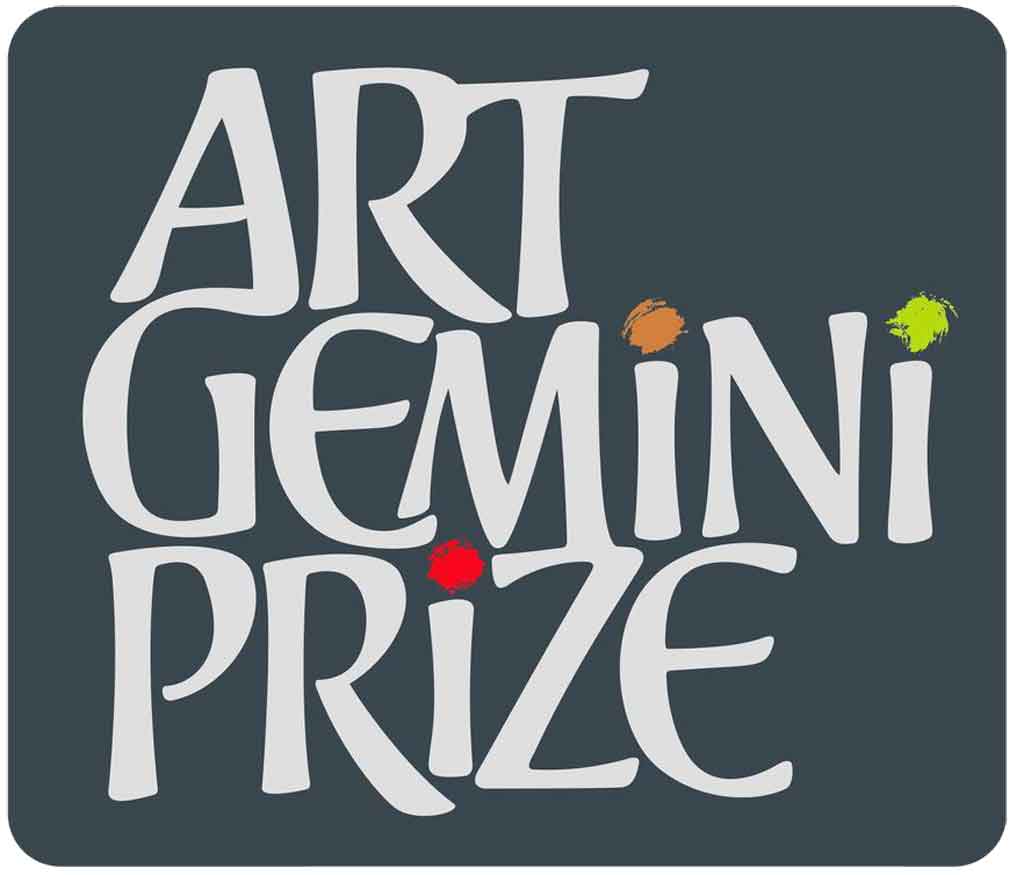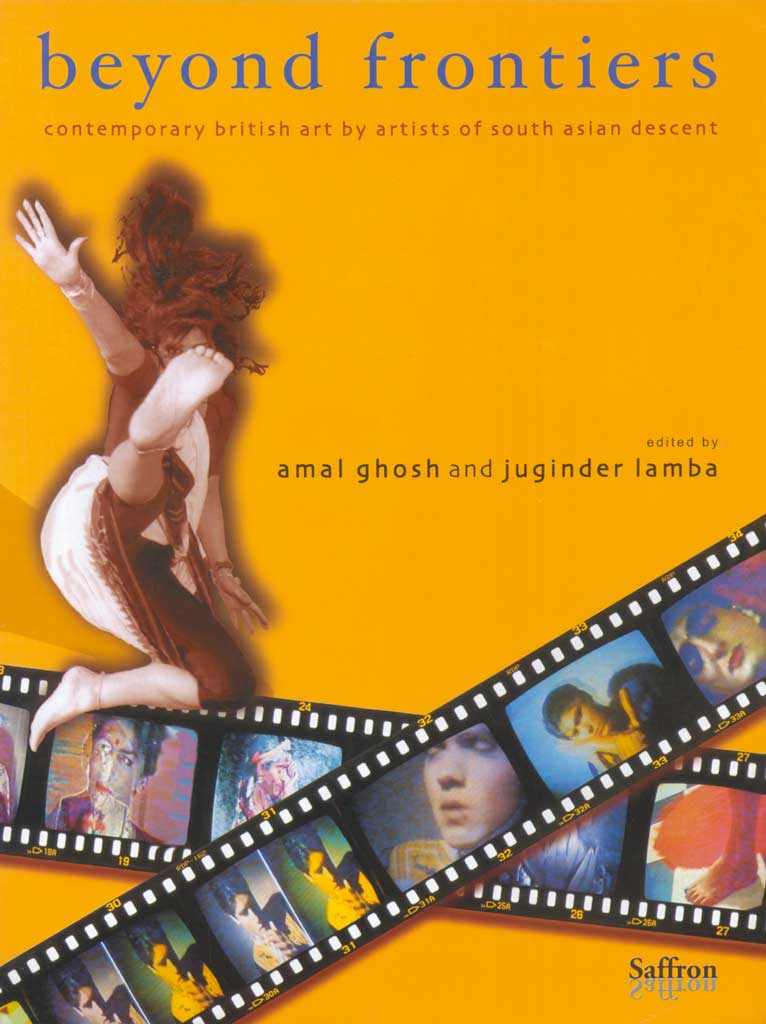Zoroastrian art at SOAS
A major international exhibition of Zoroastrian art and culture will take place 11 October – 14 December 2013 at Brunei Gallery, School of Oriental and African Studies (SOAS), University of London.
Eight paladins at the court of Key Khosrow, Late 19th Century. A gathering of eight paladins and two courtiers at the court of the legendary Key Khosrow. Two of the princes are recognizable as the warrior Rustam and his father Zal, both holding maces. Chinese artists who came to India in search of work introduced the art of glass painting on reverse. They painted scenes from the Shahnameh as well as Zoroastrian kings in equestrian pose. Private collection: Hameed Haroon.
The story of one of the world’s oldest religions is told in the first exhibition of its kind, SOAS said in an accompanying document.
The Everlasting Flame: Zoroastrianism in History and Imagination is the first exhibition of its kind to provide an in depth visual narrative of the history of Zoroastrianism, its rich cultural heritage and the influence it has had on the major world religions of Judaism, Christianity and Islam. It is co-curated by Dr Sarah Stewart and Professor Almut Hintze of the Department of the Study of Religions at SOAS, Ursula Sims-Williams, Curator of Iranian languages at the British Library, Firoza Punthakey Mistree of Zoroastrian Studies, Mumbai and Pheroza Godrej, Art-historian, environmentalist and writer.
The exhibition displays objects from major institutions that include the British Museum, British Library, V&A, State Hermitage Museum, Alpaiwalla Museum, Mumbai, Institute of Archaeology in Samarkand as well as loans from private collections.
The exhibition is organised under the patronage of Zubin Mehta and supported by Zoroastrian Trust Funds of Europe (ZTFE) and Aequa Foundation with additional support from TATA UK and Cyrus Poonawalla.
One of the world’s oldest religions, Zoroastrianism originated amongst Iranian tribes in Central Asia during the second millennium BCE and spread to Iran where it became the principal faith until the advent of Islam. Central to the religion is the belief in a sole creator god, Ahura Mazda and his emissary Zarathustra (Zoroaster). The Zoroastrian worldview includes the centrality of the opposition of good and evil; the belief that the world is a theatre of war in which these two forces would fight one another; the existence of heaven and hell after death; and the belief that the world as we know it will come to an end once Evil has been fully overcome.
Artefacts, texts and paintings from major institutions around the world make up a fascinating and diverse collection of over 300 objects that take visitors on a journey from the earliest days of Zoroastrianism to its emergence as the foremost religion of the Achaemenid, Parthian and Sasanian empires of imperial Iran.
Ambassadors Painting © MAFOUZ de Sogdiane: The “Ambassadors Painting” was inspired by the propaganda of King Varkhuman, known to have ruled Samarkand in the 650’s and early 660’s and to have been recognized by the Chinese as King of Sogdiana. The part of the painting reproduced here shows Varkhuman (the oversized rider to the right) leading a procession to the mausoleum of his parents. He is accompanied by his wifes, two dignitaries riding camels and a number of sacrificial animals led by Zoroastrian priests.
Ten stories within the overall historical narrative explore the ways in which Zoroastrianism has been imagined through the art, iconography and literature of non-Zoroastrians down the ages. Clay tablets bearing ancient cuneiform inscriptions giving important historical, social, economic and religious information are displayed from the British Museum and Alpaiwalla Museum, Mumbai. Artefacts, coins and silverware introduce the imperial periods of Iranian Zoroastrian history.
Illustrated texts and manuscripts written in Avestan, Pahlavi, Persian and Gujarati languages show how the oral tradition was committed to writing during the Sasanian and later periods. An illustrated manuscript of the Arda Viraz Namag — a text from ninth century Iran describing the journey taken by the righteous Viraz through heaven and hell — is all the more remarkable in its connection with visions of heaven and hell when displayed alongside Dante’s Divina Commedia and the Islamic Mi’raj Nameh. Miniatures from the Ferdowsi’s great Iranian epic the Shahnamah draws on the myths and legends of the pre Islamic period and will be seen for the first time in the context of the Pahlavi books.
From Iran to India the textiles, paintings, jewellery and furnishings from the eighteenth and nineteenth centuries bear witness to the role of Parsis in the China trade that included opium, silk and tea.
Zoroastrian influences appear in western literature: Nietsche’s Also Sprach Zarathustra, opera: Zoroastres by Philippe Rameau,Xerxes by Handel and Mozart’s The Magic Flute, art: an example of which is the depiction of Zoroaster in Raphael’s School of Athens shown in the Vatican.
Zoroastrian high profile names in art include Zubin Mehta and Freddie Mercury, literature, the author Rohinton Mistry and politics, the first Asian MP Dadabhai Naoroji.
The Three Wise Men (magi) who heralded the infant Christ were thought to have been Zoroastrian priests. Frankincense is still offered at Zoroastrian fire temples.
The vision of Cyrus 1st (known as the Great) as proclaimed in the Cyrus Cylinder inscription was fulfilled by later Zoroastrian kings namely Darius the Great and Artaxerxes II.
The exhibition transforms areas of the gallery with spectacular installations. A walk- in fire temple, consisting of a prayer room, inner sanctum and ritual precinct offers a unique opportunity for visitors who are not permitted to enter the fire temples of India and Pakistan. Other signature pieces include a reproduction engraved in glass of the British Museum’s 10-metre cast of the western staircase from the palace of Darius at Persepolis detailing the magnificent lion and bull motif. Calligraphic verses from the Gathas of Zarathustra, the most sacred texts of the Zoroastrian faith, are presented in a sound installation that resonates with voice recordings of the text.
Conference
A two-day conference titled Looking Back: The Formation of Zoroastrian Identity Through Rediscovery of the Past and organised by the Centre for Iranian Studies at SOAS will take place at the Brunei Gallery Lecture Theatre on 11 – 12 October 2013. A catalogue with essays by leading academics in the field of Zoroastrian Studies accompanies the two events.









